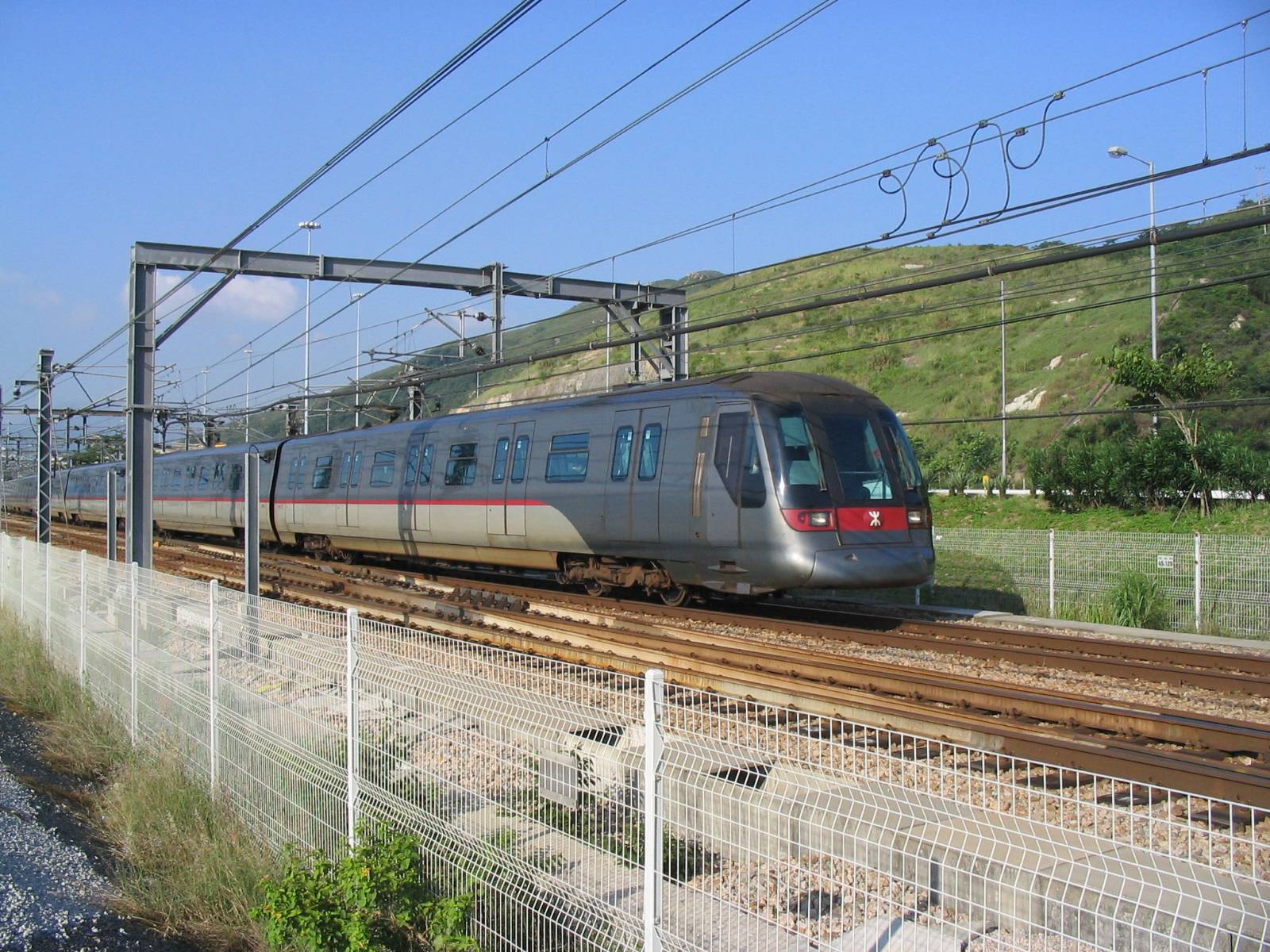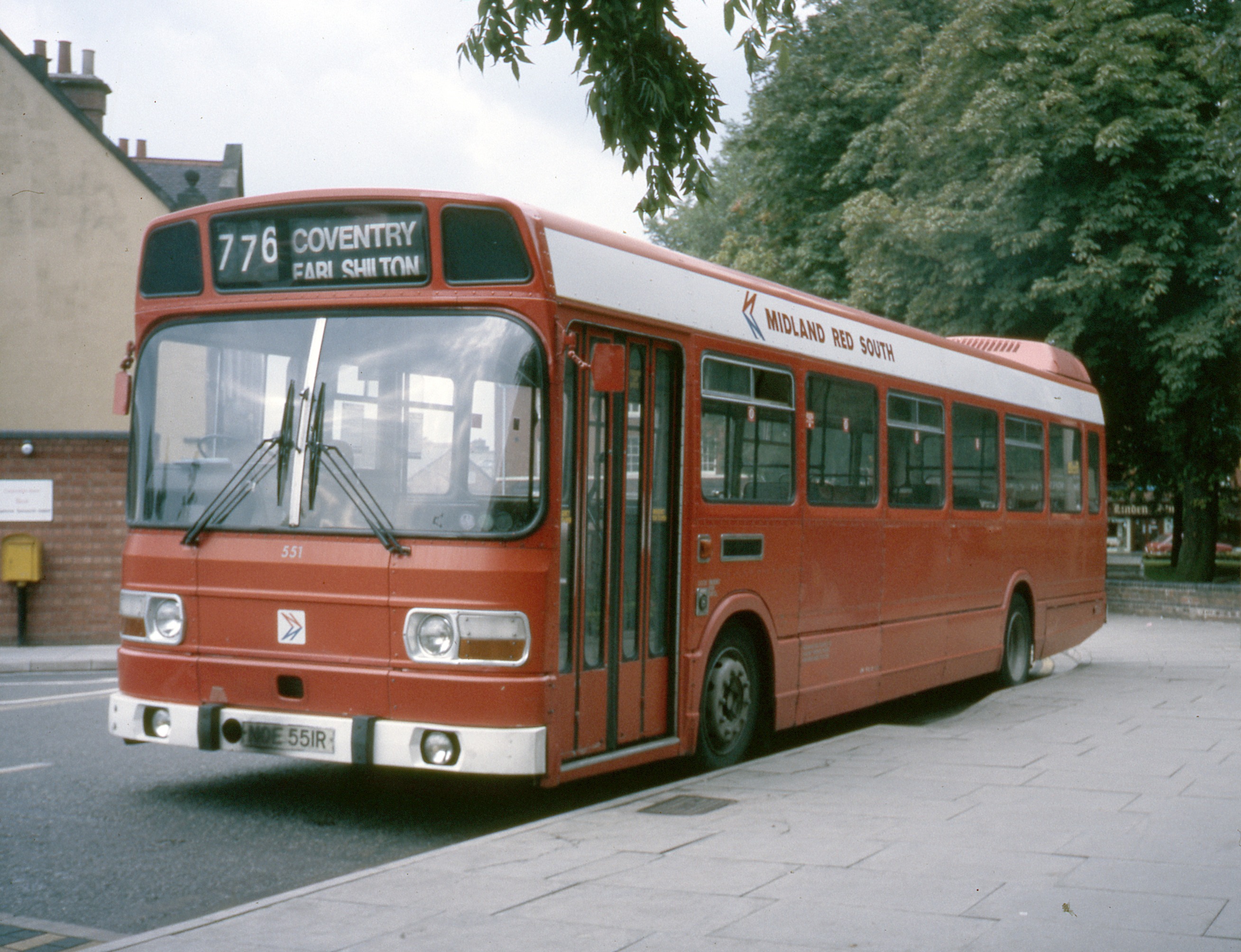|
British Rail Class 195
The British Rail Class 195 '' Civity'' is a class of diesel multiple-unit passenger train manufactured by CAF, owned by Eversholt Rail Group and currently operated by Northern Trains. A total of 58 units have been built; 25 two-car units and 33 three-car units. The class is almost identical to the Class 331 also produced by CAF, which is the electric version of the Class 195, differing only in traction type and (in some units) vehicle formation. They were first introduced on 1 July 2019, entering service with the previous operator Arriva Rail North on the Manchester Airport and Liverpool Lime Street via Warrington, and Manchester Airport to Barrow-in-Furness routes. The final 195 unit entered service in December 2020 and all 58 units work across all non-electrified routes across the Northern network. History The introduction of new rolling stock for the Northern franchise was fuelled by the need to phase out the unpopular '' Pacer'' trains by 2020. The tender for the then-ne ... [...More Info...] [...Related Items...] OR: [Wikipedia] [Google] [Baidu] |
Construcciones Y Auxiliar De Ferrocarriles
Construcciones y Auxiliar de Ferrocarriles (Grupo CAF, literally "Construction and Other Railway Services") is a Spanish publicly listed company which manufactures railway vehicles and equipment and buses through its Solaris Bus & Coach subsidiary. It is based in Beasain, Basque Autonomous Community, Spain. Equipment manufactured by Grupo CAF includes light rail vehicles, rapid transit trains, railroad cars and locomotives, as well as variable gauge axles that can be fitted on any existing truck or bogie. Over the 20 years from the early 1990s, CAF benefited from the rail investment boom in its home market in Spain to become a world player with a broad technical capability, able to manufacture almost any type of rail vehicle. CAF has supplied railway rolling stock to a number of major urban transit operators around Europe, the US, South America, East Asia, India, Australia and North Africa. History ''CAF'' was an acronym for the earlier name of ''Compañía Auxiliar de Fer ... [...More Info...] [...Related Items...] OR: [Wikipedia] [Google] [Baidu] |
Automatic Warning System
The Automatic Warning System (AWS) was introduced in the 1950s in the United Kingdom to provide a train driver with an audible warning and visual reminder that they were approaching a distant signal at caution. Its operation was later extended to give warnings for; * A colour light signal displaying a double yellow (steady or flashing), single yellow or red aspect * A reduction in permissible speed * A temporary or emergency speed restriction * An automatic barrier crossing locally monitored (ABCL), an automatic open crossing locally monitored (AOCL), or an open crossing (OC). AWS was based on a 1930 system developed by Alfred Ernest Hudd and marketed as the "Strowger-Hudd" system. An earlier contact system, installed on the Great Western Railway since 1906 and known as automatic train control (ATC), was gradually supplanted by AWS within the Western Region of British Railways. Principles of operation Information is conveyed by magnetic fields to the moving train throu ... [...More Info...] [...Related Items...] OR: [Wikipedia] [Google] [Baidu] |
House Of Commons Of The United Kingdom
The House of Commons is the lower house of the Parliament of the United Kingdom. Like the upper house, the House of Lords, it meets in the Palace of Westminster in London, England. The House of Commons is an elected body consisting of 650 members known as members of Parliament (MPs). MPs are elected to represent constituencies by the first-past-the-post system and hold their seats until Parliament is dissolved. The House of Commons of England started to evolve in the 13th and 14th centuries. In 1707 it became the House of Commons of Great Britain after the political union with Scotland, and from 1800 it also became the House of Commons for Ireland after the political union of Great Britain and Ireland. In 1922, the body became the House of Commons of the United Kingdom of Great Britain and Northern Ireland after the independence of the Irish Free State. Under the Parliament Acts 1911 and 1949, the Lords' power to reject legislation was reduced to a delaying power. The g ... [...More Info...] [...Related Items...] OR: [Wikipedia] [Google] [Baidu] |
Department For Transport
The Department for Transport (DfT) is a department of His Majesty's Government responsible for the English transport network and a limited number of transport matters in Scotland, Wales and Northern Ireland that have not been devolved. The department is run by the Secretary of State for Transport, currently (since 25 October 2022) Mark Harper. The expenditure, administration and policy of the Department for Transport are scrutinised by the Transport Committee. History The Ministry of Transport was established by the Ministry of Transport Act 1919 which provided for the transfer to the new ministry of powers and duties of any government department in respect of railways, light railways, tramways, canals and inland waterways, roads, bridges and ferries, and vehicles and traffic thereon, harbours, docks and piers. In September 1919, all the powers of the Road Board, the Ministry of Health, and the Board of Trade in respect of transport, were transferred to the new ministry. ... [...More Info...] [...Related Items...] OR: [Wikipedia] [Google] [Baidu] |
Pacer (train) Pacer was the operational name of the British Rail Classes 140, 141, 142, 143 and 144 diesel multiple unit railbuses, built between 1980 and 1987. They were inexpensively developed using a passenger body based on the Leyland National bus on top of a chassis based on the HSFV1 research vehicle. The railbuses were intended as a short-term solution to a shortage of rolling stock, with a lifespan of no more than 20 years. As modernised replacements were lacking, the Pacer fleet remained in service on some lines until 2021 37 years after their introduction in 1984. All Pacer trains were scheduled to be retired by the end of 2019 as the Rail Vehicle Accessibility Regulations require that all public passenger trains must be accessible to disabled people by 2020 however the Pacer units were given dispensation until the end of 2020. Only one Pacer (the modernised 144e) met this requirement, and the remainder were therefore planned to be withdrawn by that date. Furthermore, a decision ... [...More Info...] [...Related Items...] OR: [Wikipedia] [Google] |
.jpg)



